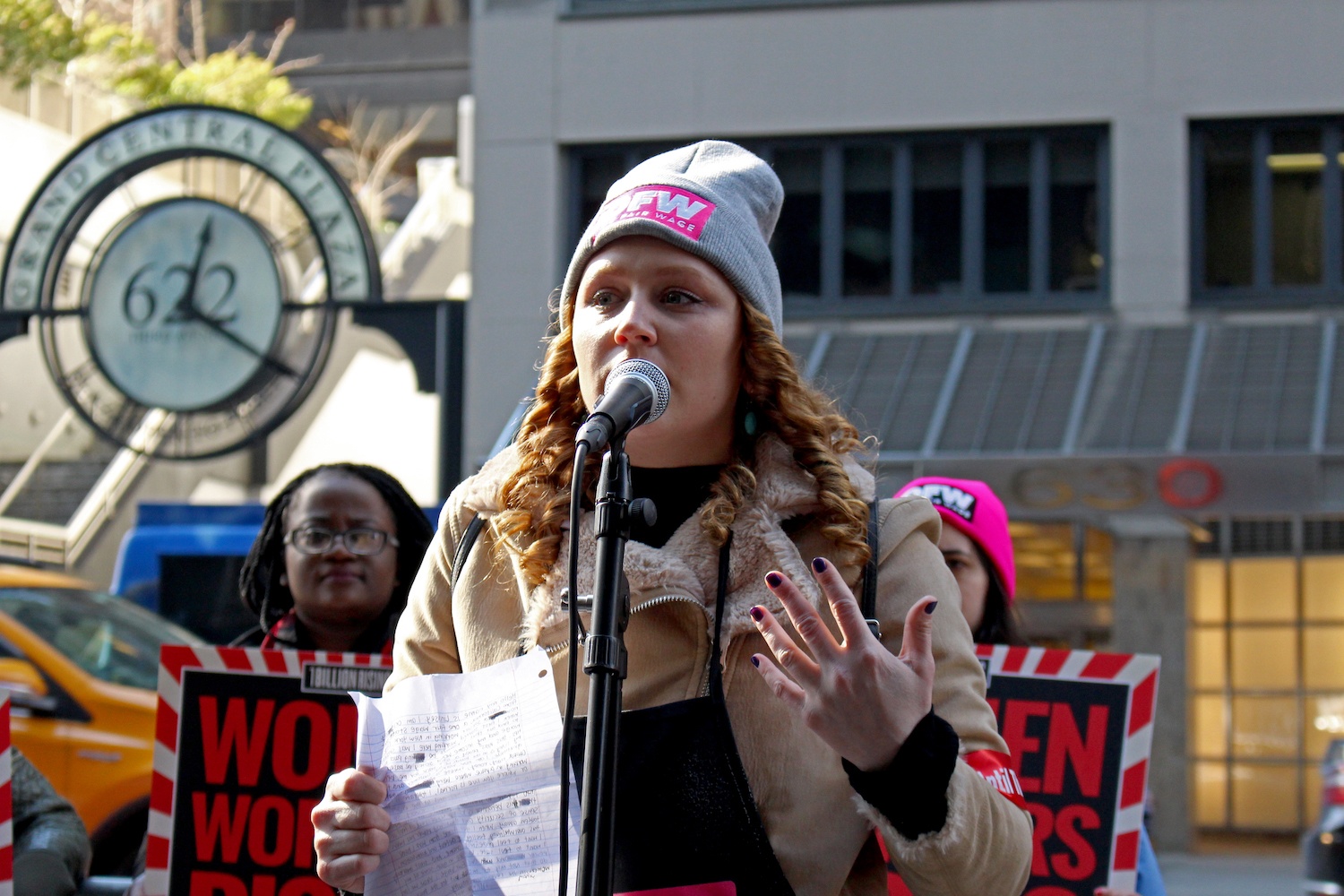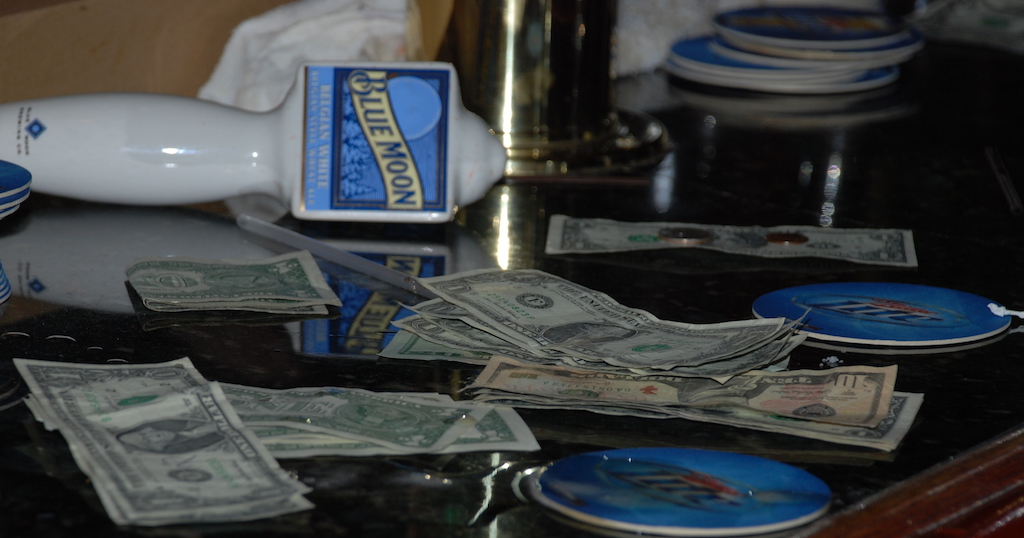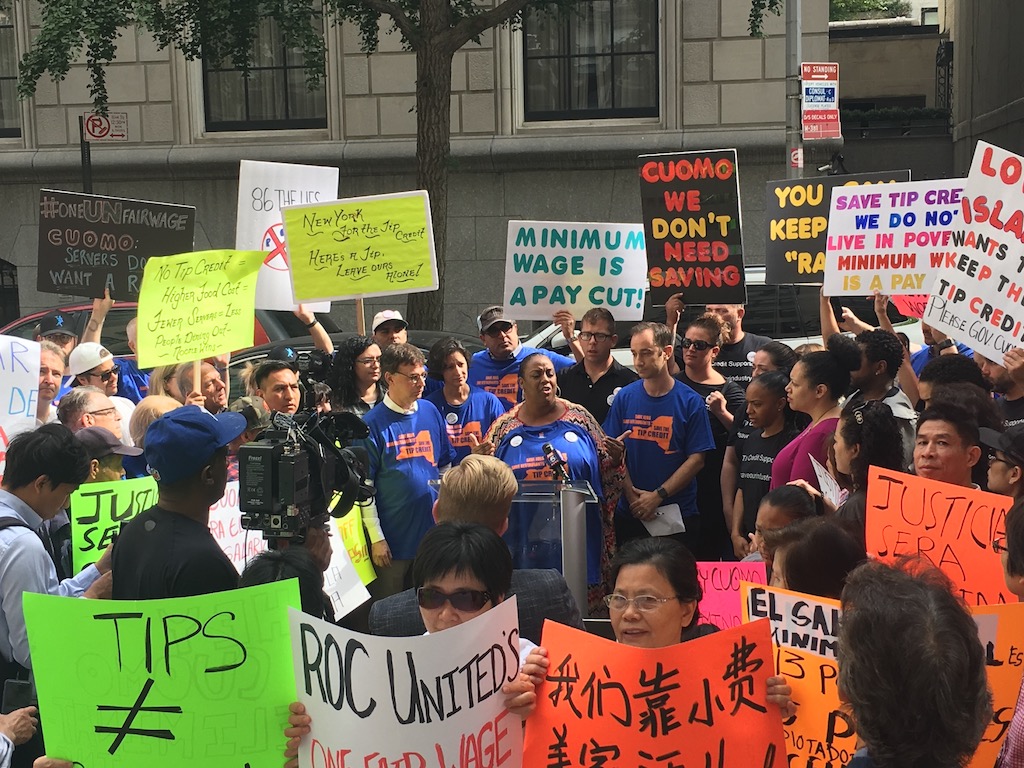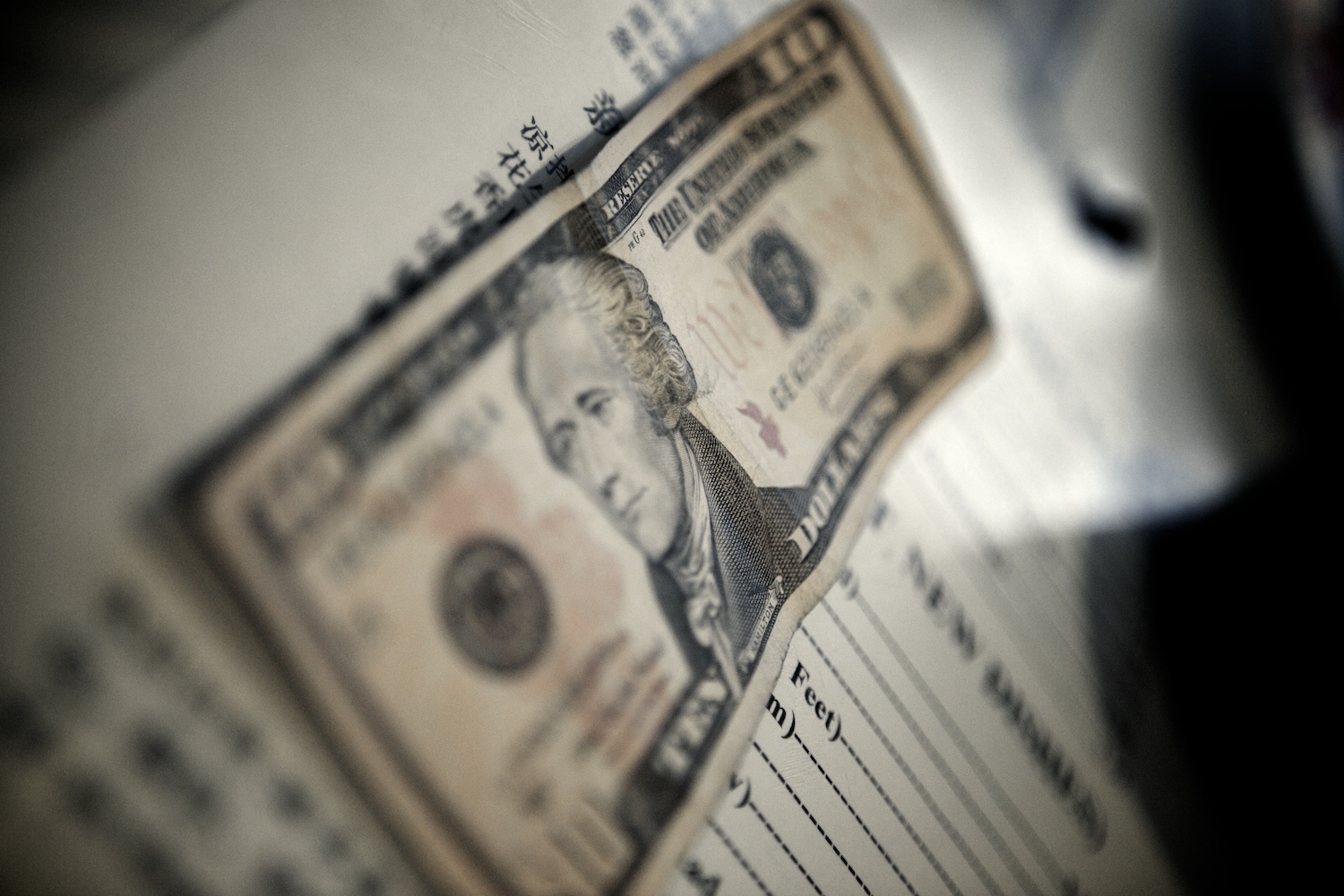How much of an effect does tipping actually have on dining service?
Does voluntarily paying your waiter on top of the restaurant bill make for a better dining experience? In an analysis of studies on tipping and associated cultural norms, The Economist found that research is mixed over how effective the practice is at incentivizing waiters to provide better service—or even why people are tipping in the first place. Beyond its position as a social norm, many American customers tip to avoid feelings of guilt or embarrassment, or even to express gratitude. Less Americans tip in hopes of bolstering a better dining experience next time: Only 14 percent report tipping to avoid poor service in the future. During the pandemic, people began doling out extra “danger money” to delivery and taxi drivers, with tipping rates increasing alongside hospitalization rates for Covid-19. And factors as disparate and ad hoc as good weather or crouching at the table to take a customer’s order can also improve tipping rates, although race, gender, and age can all have an impact as well—and not necessarily a positive one. (One study found that quality of service explained at most a difference of 5 percent in tip sizes.) Still, for all the evidence against tipping’s efficacy and calls across the restaurant industry to abolish the practice, as of now, it remains the service industry norm. —Matthew Sedacca



